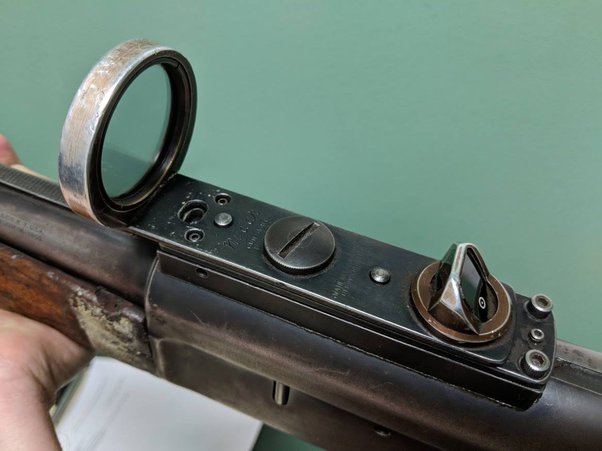The first holographic sight was invented in the early 1900s by an American physicist named Dennis Gabor. Gabor’s work on holography was originally motivated by his desire to improve the electron microscope. In 1947, he published a paper entitled “The Theory of Microscopes and of Projections” in which he described how a three-dimensional image could be recorded on a two-dimensional surface.
Gabor’s ideas were not immediately adopted by the scientific community, and it wasn’t until the 1960s that other researchers began exploring the potential of holography. In 1962, Soviet physicist Yuri Denisyuk developed a method for creating color holograms. This breakthrough paved the way for the development of practical holographic devices.
The first commercial holographic sight was introduced in 1997 by Eotech, Inc. The company’s product, the Holo Sight, was designed for use with firearms. Today, holographic sights are used by the military, law enforcement, and civilian shooters worldwide.
Gabor’s invention was a major breakthrough in the field of optics and paved the way for modern holography. However, it wasn’t until the 1960s that other researchers began to explore the potential of holography. In 1962, Soviet physicist Yuri Denisyuk developed a method for creating color holograms. This breakthrough paved the way for the development of practical holographic devices.
Holographic sights have become increasingly popular in recent years due to their superior accuracy and durability.
There are many different types of holographic sights on the market today, each with its own set of features and benefits. Whether you’re military, law enforcement, or civilian shooter, there’s a holographic sight that’s right for you.
They are now used by militaries and law enforcement agencies all over the world, as well as civilian shooters. If you’re looking for a superior sighting solution, consider a holographic sight for your next firearm.
Holographic sights are also being explored for use in other industries, such as healthcare and manufacturing. The potential applications of holography are limited only by our imagination.
So there you have it, a brief history of holographic sights. These fascinating devices have come a long way in a short amount of time and show no signs of slowing down. Thanks to the work of pioneers like Dennis Gabor, we now have a powerful tool that can be used for a variety of applications. Who knows what the future holds for holographic technology?
